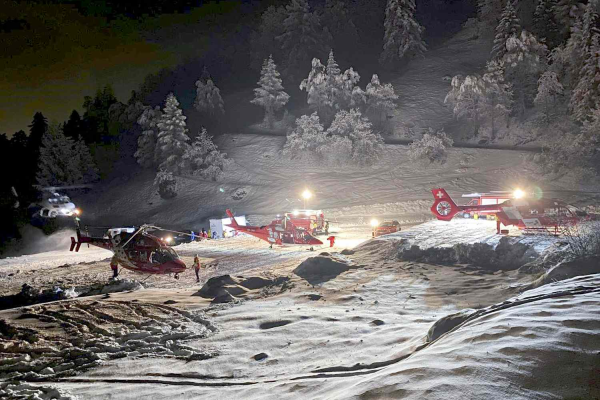Flight Test Fail?

Courtesy of Getty Images
March 7, 2021
On March 3, 2021, SpaceX launched its third Starship proto-type high-altitude flight test Starship from their Cameron County, Texas site. SpaceX dreams of a future in space, where we are a space-faring civilization and multi-planetary. They want to explore the Moon, Mars, and more. Their flight tests like this one help them better understand and develop their reusable spacecraft that will hopefully go on to carry humans and cargo to different planets. They will accomplish this by making space travel more like air travel in the sense that they are reused time and time again, making travel more accessible and mainstream.
Initial liftoff had the engines ready to go, however; they were immediately shut down at the computer’s demand. The problem was said to be that the software engine thrust limits were a bit too low; nonetheless, their engineers were able to remedy the issue. They went on for Starship SN 10’s second launch, which can be watched here. The spacecraft rose to an altitude of six miles; tipping over on its side as intended. Then it dived back down to Earth flipping back upright in order to retreat and successfully land on its launchpad. Shortly after, however, the proto-type exploded. Later Elon Musk revealed what most likely caused the prototype to detonate in his tweets.
“SN10 engine was low on thrust due (probably) to partial helium ingestion from the fuel header tank,” Musk tweeted. “Impact of 10m/s crushed legs & part of the skirt.”
In subsequent tweets, Musk confirmed that the helium ingestion was likely the result of a pressurization system that had been to the CH4 header tank to correct an error that had occurred previously with the SN8. “If autogenous pressurization had been used, CH4 bubbles would most likely have reverted to liquid,” Musk wrote. “Helium in the header was used to prevent ullage collapse from slosh, which happened in prior flight. My fault for approving. Sounded good at the time.” Basically, in solving a previous issue, helium was in the prototype’s fuel header tank, causing the engine to not have enough thrust, the landing to destroy parts of the prototype, and explode.
SpaceX wanted to gather data and they got their data from this test. They’ll be using what they learned from Starship Serial Number 10 for their next prototype, Starship SN 11. Starship SN 10 served its purpose of helping further space-traveling technology for the future.











































